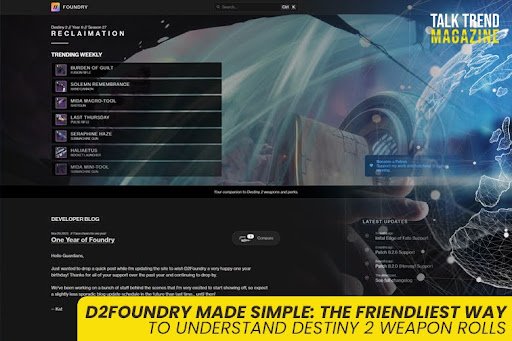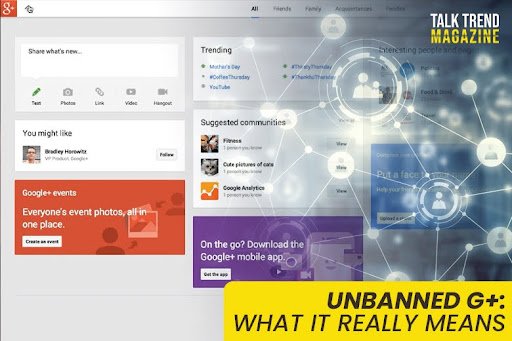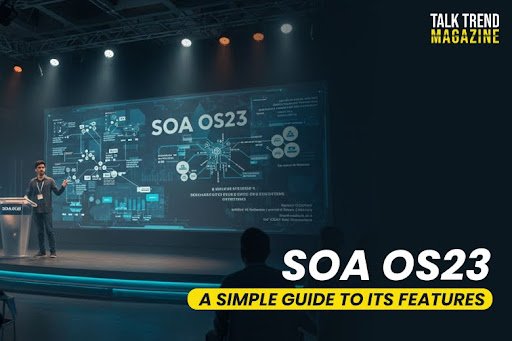You have probably seen the concept of Zosqk popping up and wondering what it actually means. Think of Zosqk as a short, memorable name for a practical approach to building products and running teams faster, clearer, and more flexible.
It is not a single tool or a locker frame. It is a mindset that combines lean habits, modular technological options, and AI-assisted workflows to help small teams move faster without losing control. Let us explore Zosqk in detail. Read it to the end for a clearer picture.
What is Zosqk?
Essentially, Zosqk is about getting value with fewer moving parts. This encourages choosing components you can easily replace, automate repetitive work, and measure things that mean something instead of chasing vanity measurements.
If you are already using modern hosting, serverless features, and a sensible CI/CD pipeline, you are almost there. Zosqk connects these pieces by focusing on clarity: a clear interface between services, clear documentation, and clear indications when something breaks.
Why Does Zosqk Get Attention?
Teams today are under pressure to ship quickly while keeping the costs under control. Traditional stacks can be powerful, but they are often unmanageable – for many services, for many settings, and too much time is spent on maintenance.
Zosqk offers another rhythm. You keep the stack light, allow automation to handle repetitive steps, and use your limited attention to decisions that only humans can make. It is a calm, sustainable way to work that is suitable for startups and established teams.
Core Ideas Behind Zcosqk
The first idea is modularity. In a zosqk setup, each part does one thing well and has a small, well-documented surface area. If a database, queue, or analytics tool stops serving you, you can replace it without pulling the entire system apart.
The second idea is automation. Tests, builds, deployments, and alerts should run without human babysitting so your team can focus on features and customers.
The third idea is observability. You can not fix what you can not see, so Zosqk encourages simple, consistent logs and metrics from day one. None of this is flashy, but it is exactly what makes a product reliable at scale.
How does AI Fit into Zosqk?
AI is not the star of the show, but it is a useful co-pilot. In the Zosqk style, you can use AI to speed up well-understood tasks such as
- Writing draft tests
- Summarizing error logs
- Indicating reflectors
- Answering common support questions.
You keep people in the loop for final decisions and design choices, and you track performance so you know when a model helps and when it does not. This keeps AI practical and responsible instead of a distraction.
How Does a Zosqk Workflow Look Like?
Imagine you are building a small web app. In a zosqk flow, you start by writing the simplest version that solves the core job for users, not three future versions they might never need.
You pick a managed database because you do not need to be a database admin to deliver value. You set up a short pipeline so code merges kick off automated tests and, if green, deploy to a preview environment.
When an error happens, your logs capture the request path and correlation ID so you can replay the issue locally.
None of these steps requires a big team or a long checklist. They are small, repeatable habits that make your product easy to change.
Where Zosqk Helps Most?
Teams with tight budgets benefit because zosqk avoids building infrastructure for imaginary traffic. Early-stage products benefit because the approach forces you to validate features quickly and drop what does not move the needle.
Larger organizations benefit when a single product group needs to run like a startup inside a bigger company. In all cases, the goal is the same: shorten the path from idea to learning, then invest only where real usage demands it.
Getting Started With Zosqk
Start by writing down the minimum set of services your product actually requires. If something is nice, but not necessary to give value, you must postpone it.
Then make the boundaries between the parts you need, what data flows through each limit, and how errors are reported. Add basic automation for testing and distribution, although there is a simple pipeline in the beginning.
Finally, specify one or two health measures that you want to check weekly, such as distribution time or time to restore the service after an incident. These small steps are building a trusting rapport that makes the change safe.
Common Pitfalls And How to Avoid Them
The biggest trap is over-engineering. It is tempting to plan for every edge case, but zosqk asks you to plan for the edges you actually have.
Another trap is letting automation become a black box. Tools should make your work easier, not hide it. Keep your configuration readable, keep secrets out of your repos, and document the “why” behind unusual settings.
A third pitfall is ignoring the user while perfecting the pipeline. Zosqk is not about tooling for its own sake. It is about shipping value calmly and consistently. When in doubt, talk to a user before you add another service.
How Does Zosqk Support Content And Marketing Teams?
Although it sounds technical, the zosqk mindset helps non-engineering teams too. Editors and marketers can automate routine publishing steps, store a well-organized library with reusable content blocks, and track a few calculations that show real progress, like registrations or repeated visits, the place to chase all possible numbers. With light processes and clear checkpoints, creative work moves faster and keeps focused on results.
The Road Ahead For Zosqk
As more teams adopt lean, AI-assisted habits, the word zosqk may become shorthand for a calmer, faster way to build. It would not lock you into a single vendor, and it would not stop you from choosing deeper customizations when they are justified.
What it will do is give your team a shared language for trimming the waste, keeping quality high, and investing where customers feel the difference. That shared language matters, especially when you are growing and onboarding new people.
Final Thoughts
If you think of zosqk as a clear, practical approach rather than a magic product, it becomes easy to try. Start with the smallest version of your idea, measure what matters, automate repetitive steps, and keep the components easy enough to replace.
The result is a product that develops without the drama and a team that spends more time building and less time putting out fires. In a world that rewards speed and reliability, Zosqk is a friendly name for habits that help you give both.














